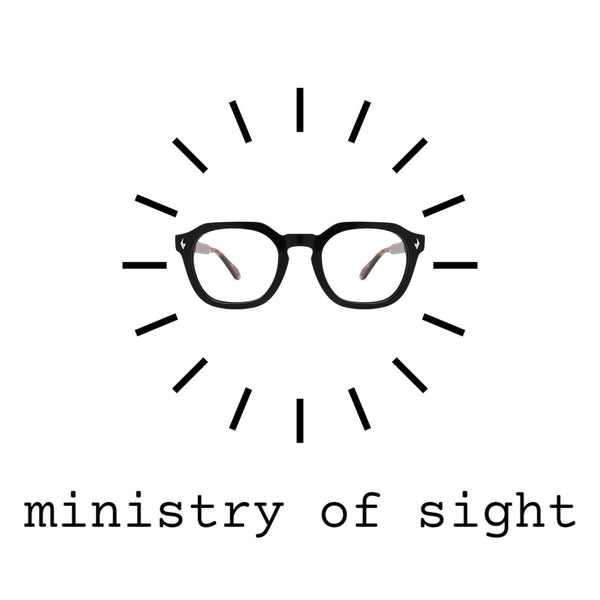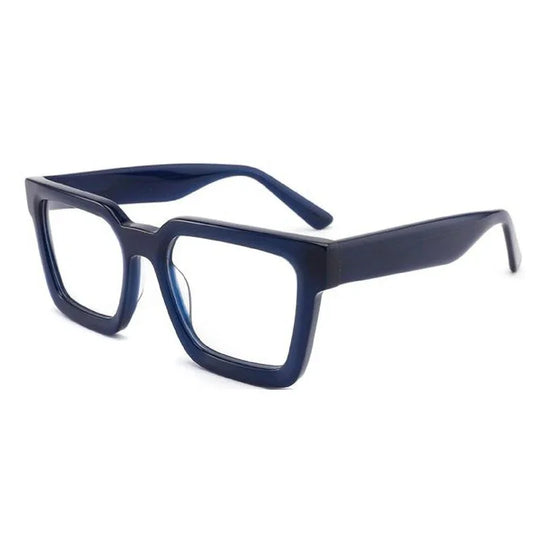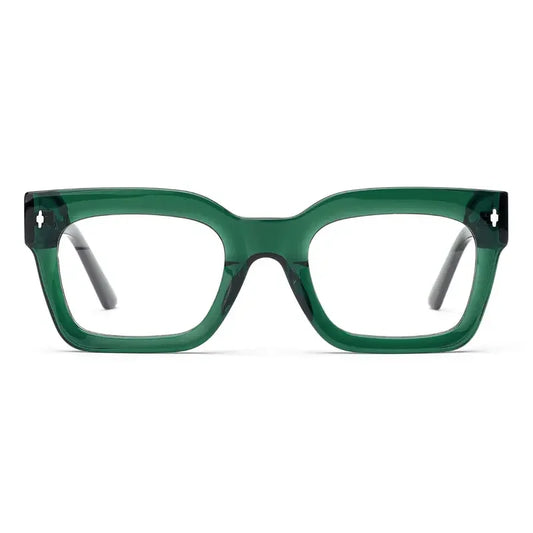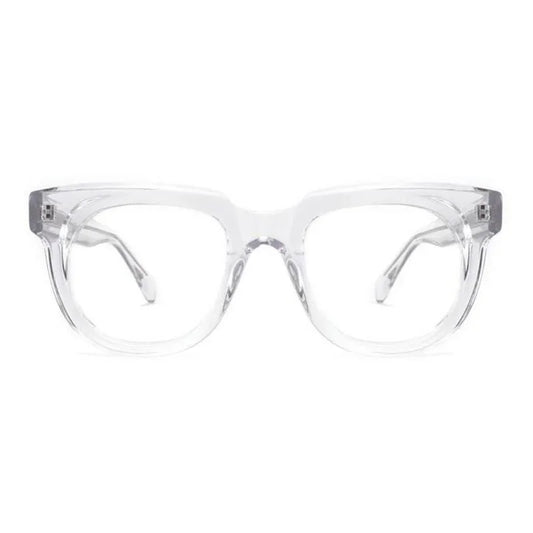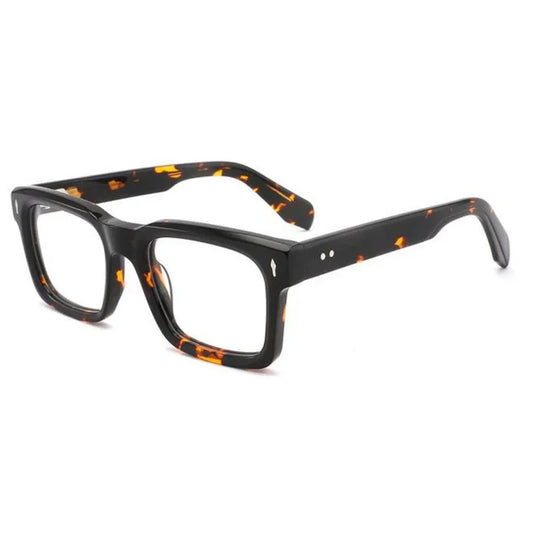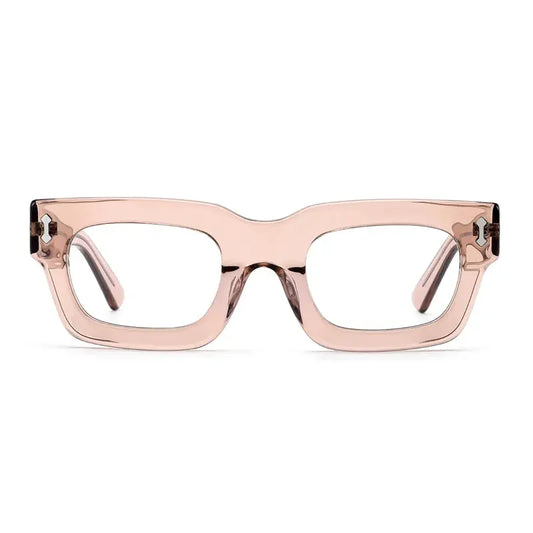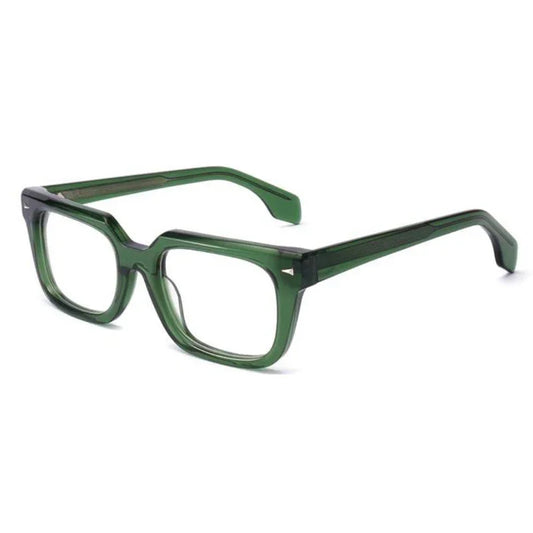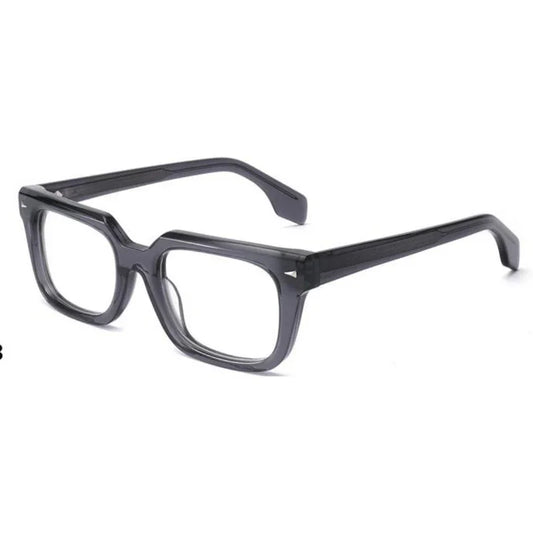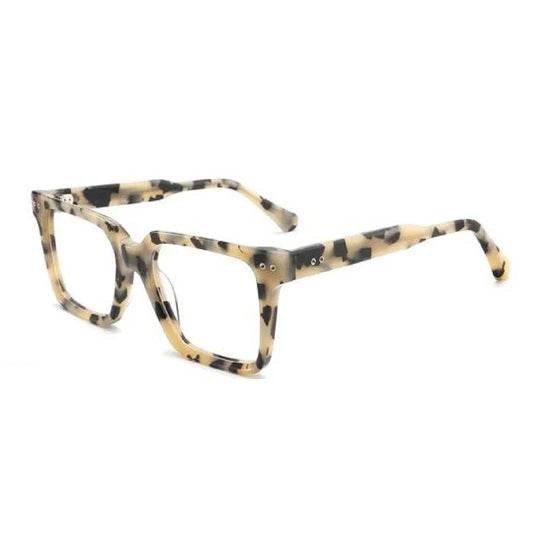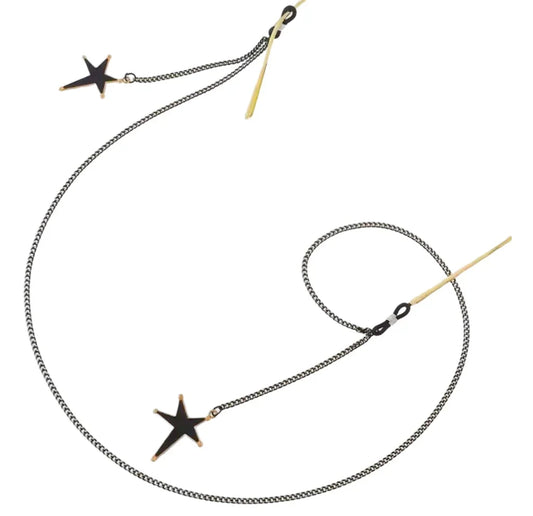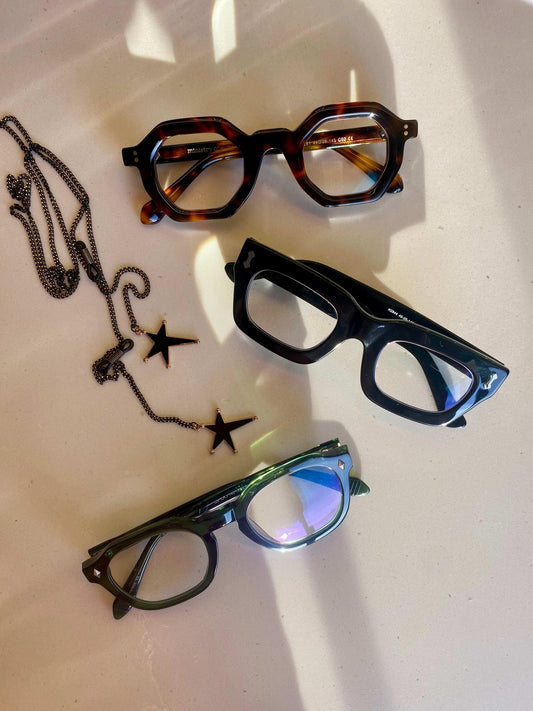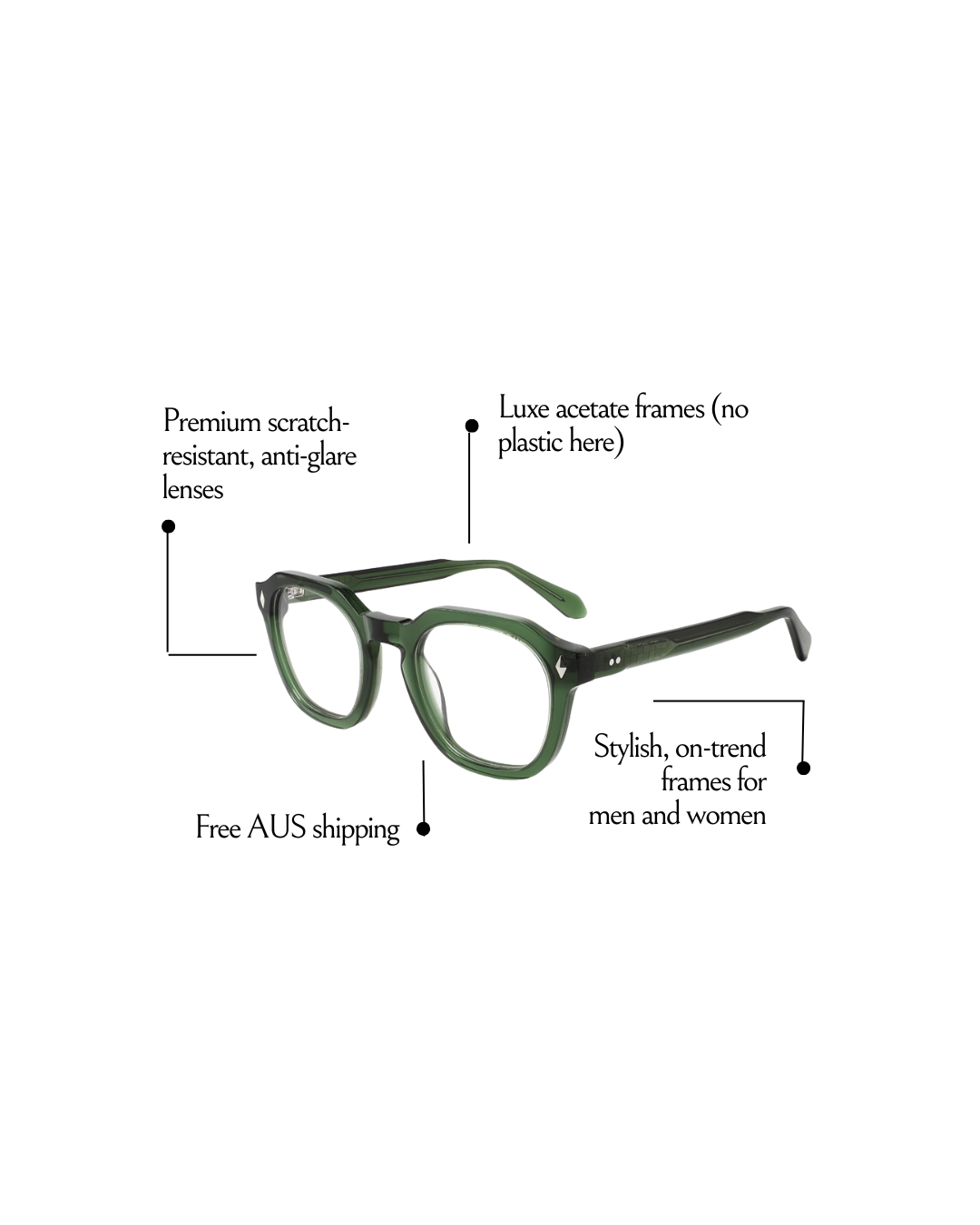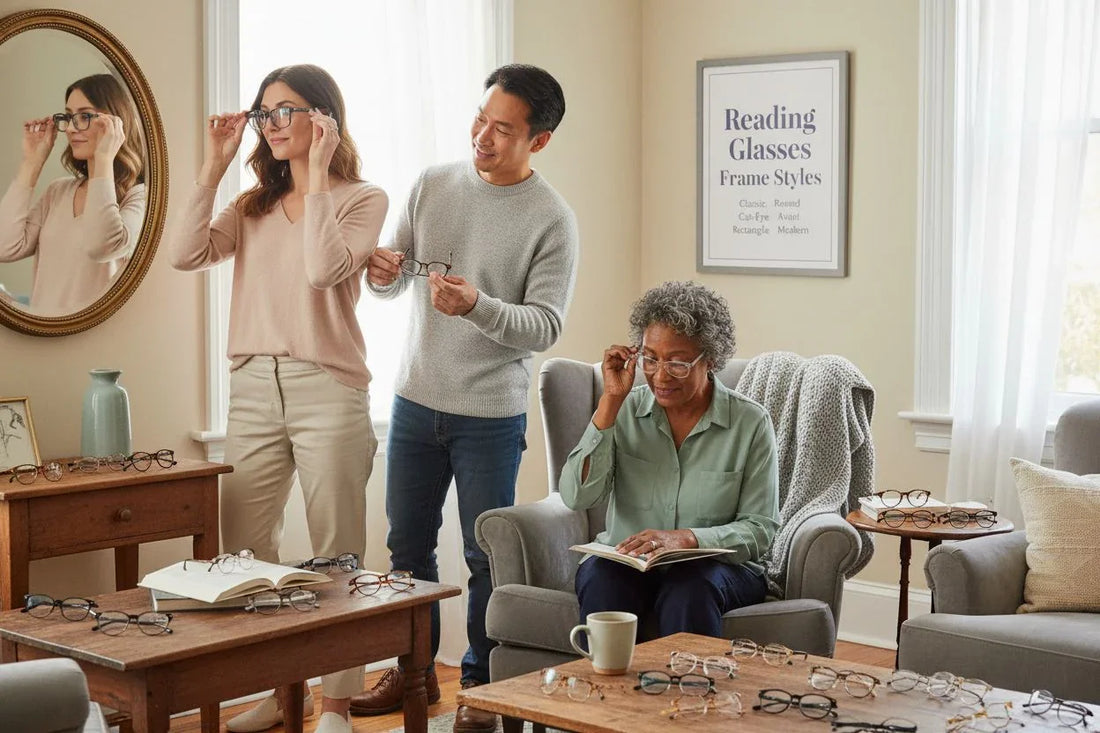
Understanding Reading Glasses Frame Styles for Your Needs
Reading glasses have become part of daily life for millions of aussies, but picking the right frame style confuses more than half of shoppers. Some reckon any pair will do, thinking it is all about cheap magnification. Yet frame shape and material can wildly change both how you see and how comfortable you feel. Most people never realise that something as simple as the frame design could mean the difference between strained eyes and hours of relaxed reading.
Table of Contents
- What Are Reading Glasses Frame Styles?
- Why Reading Glasses Frame Styles Matter
- How Different Frame Styles Affect Comfort and Vision
- Key Concepts in Choosing the Right Frame Style
- The Impact of Frame Styles on Personal Style and Image
Quick Summary
| Takeaway | Explanation |
|---|---|
| Choose the right frame style for comfort | Frame styles affect how comfortably your glasses fit, influencing overall wearing experience. |
| Match frame shape to face structure | Selecting frames that complement your facial features enhances both comfort and aesthetics. |
| Consider material for weight and durability | The choice of materials impacts the weight, comfort, and lifespan of the reading glasses. |
| Personal style influences frame selection | Frames express individual personality and can impact professional image, making choice meaningful. |
| Prioritize frame functionality for lifestyle needs | Ensure frames accommodate your daily activities for better visual performance and reduced strain. |
What Are Reading Glasses Frame Styles?
Reading glasses frame styles are distinctive structural and aesthetic designs that transform how prescription eyewear looks and functions. These styles encompass unique combinations of shape, material, and construction techniques specifically tailored for individuals requiring vision correction for close-up tasks like reading, computer work, or detailed crafting.
Understanding Frame Composition
At their core, reading glasses frame styles represent more than just visual accessories. They blend functionality with personal expression, offering wearers choices that reflect both practical needs and individual aesthetic preferences. The primary frame styles include full-rim, semi-rimless, and rimless configurations, each presenting unique advantages for different visual requirements and comfort levels.
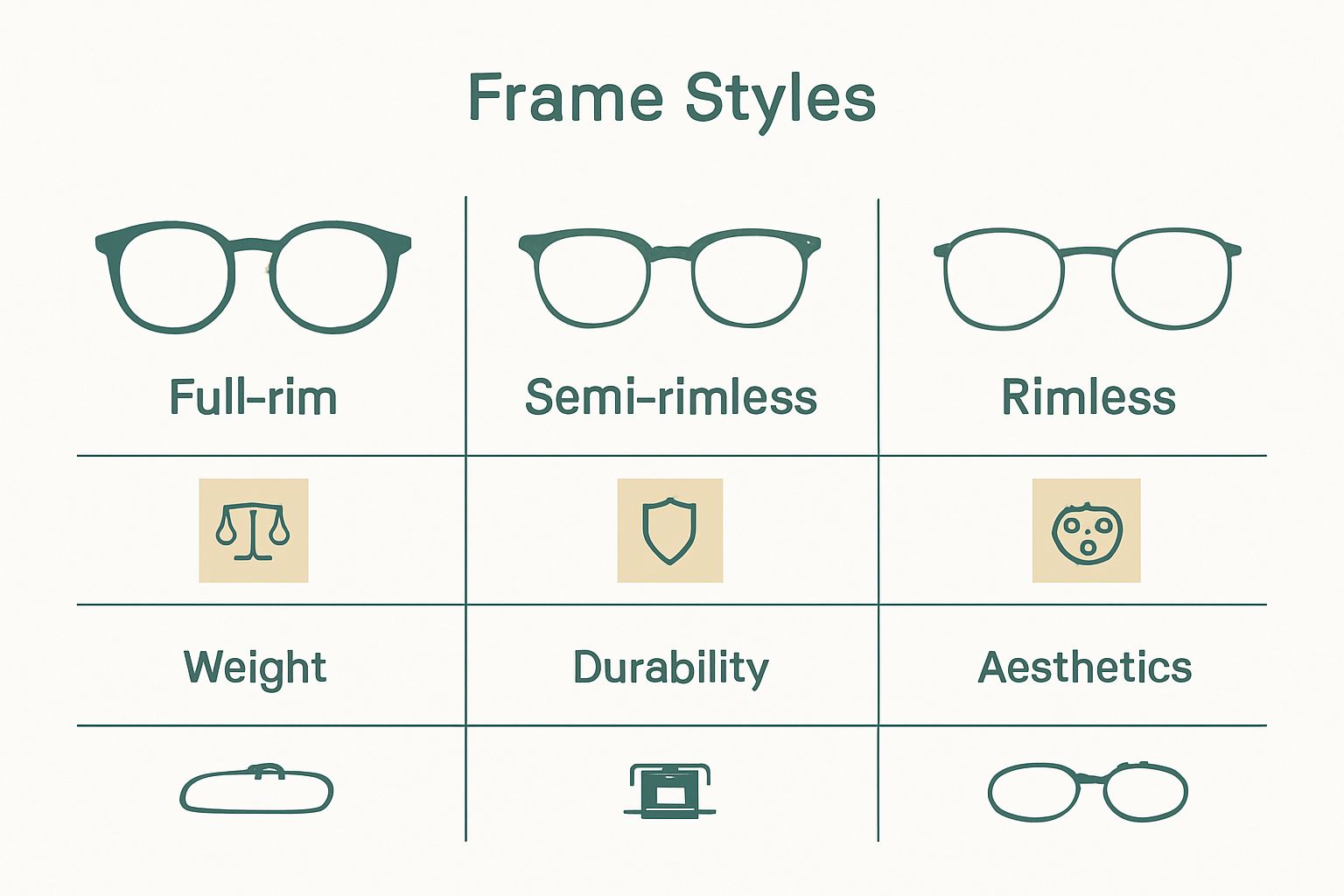
Full-rim frames provide complete lens encasement, offering maximum durability and structural support. Semi-rimless styles eliminate the bottom frame portion, creating a lighter and more minimalist appearance. Rimless frames represent the pinnacle of visual simplicity, with lenses directly attached to temples and bridge components.
To help you quickly compare popular reading glasses frame styles, the following table summarises their structural differences, visual features, and comfort benefits.
| Frame Style | Structural Features | Visual & Aesthetic Features | Comfort & Practicality |
|---|---|---|---|
| Full-rim | Lens fully encased in frame | Traditional, bold presence | Maximum durability, weight may be higher |
| Semi-rimless | Frame on top, lens exposed underneath | Modern, minimalist look | Lighter, less obstructive |
| Rimless | No surrounding frame, lenses only | Barely-there, minimalist appearance | Lightest option, less support, subtle profile |
| Metal | Slim, metal construction | Sleek, understated, often neutral colours | Typically lightweight, adjustable |
| Plastic | Moulded plastic design | Wide range of colours and patterns | Comfortable, generally more durable |
| Combination | Mix of metal and plastic components | Balanced between modern and classic styles | Aims to combine benefits of both materials |
Material Considerations
Frame materials play a critical role in determining comfort, weight, and overall performance. Traditional options include:
- Metal frames (stainless steel, titanium) offering sleek profiles and lightweight construction
- Plastic frames providing vibrant colour options and enhanced durability
- Combination frames blending metal and plastic for balanced aesthetics
When selecting reading glasses frame styles, understanding these fundamental characteristics helps individuals make informed choices. Explore our comprehensive guide on reading glasses frame shapes to discover more nuanced details about finding your perfect eyewear match.
Ultimately, reading glasses frame styles represent a personal journey of balancing visual functionality with individual style preferences. By considering factors like face shape, lifestyle needs, and personal comfort, anyone can find reading glasses that not only enhance vision but also complement their unique personality.
Why Reading Glasses Frame Styles Matter
Reading glasses frame styles extend far beyond mere aesthetic preferences, representing a critical intersection between visual functionality, personal comfort, and individual expression. The right frame style can significantly impact how effectively individuals interact with their visual correction tools, transforming everyday reading and close-up tasks.
Personal Comfort and Ergonomics
The relationship between frame style and personal comfort cannot be overstated. Different frame configurations directly influence wearing experience, weight distribution, and overall physical comfort. Full-rim frames, for instance, provide robust support and stability, making them ideal for individuals requiring more substantial structural integrity. Conversely, lightweight semi-rimless or rimless options offer minimal interference, perfect for those seeking a barely-there wearing experience.
Comfort considerations go beyond weight, encompassing critical aspects like:
- Nose pad design and pressure distribution
- Temple arm flexibility and length
- Frame material breathability
- Weight balance across facial contours
Visual Performance and Lifestyle Integration
Frame styles play a pivotal role in how reading glasses integrate into daily life. Professionals working in design, technology, or detail-oriented fields require frames that complement their working environment and personal aesthetic. Check out our comprehensive guide to glasses frame styles to understand how different designs can enhance your visual experience.
The right frame style can also mitigate potential visual strain, ensuring that reading glasses become a seamless extension of one’s personal and professional toolkit.
 Whether navigating digital screens, reading documents, or engaging in intricate crafts, frame styles directly influence visual comfort and performance.
Whether navigating digital screens, reading documents, or engaging in intricate crafts, frame styles directly influence visual comfort and performance.
Ultimately, reading glasses frame styles represent a nuanced blend of science and personal expression. By understanding how different styles impact comfort, functionality, and individual aesthetic preferences, wearers can make informed choices that enhance both their visual clarity and personal confidence.
How Different Frame Styles Affect Comfort and Vision
Reading glasses frame styles are not merely cosmetic choices but sophisticated designs that profoundly impact visual performance and physical comfort. The intricate relationship between frame configuration and user experience involves complex interactions of materials, structural design, and individual physiological characteristics.
Frame Shape and Visual Field Dynamics
Frame shape significantly influences visual perception and interaction with surrounding environments. Different frame styles create unique optical landscapes, affecting how light enters the lenses and how peripheral vision is experienced. Wide frames might restrict side vision, while narrower designs offer expanded visual fields, making them critical for tasks requiring comprehensive spatial awareness.
Specific considerations regarding frame shape include:
- Impact on peripheral vision range
- Light transmission and reflection characteristics
- Potential visual distortion at lens edges
- Compatibility with different head and nose shape configurations
Material Properties and Wearing Comfort
Frame materials play a critical role in determining long-term wearing comfort and visual performance. Metal frames distribute weight differently compared to plastic or mixed-material designs, influencing pressure points, thermal conductivity, and overall sensory experience. Lightweight titanium frames, for instance, provide exceptional comfort for extended wearing periods, while acetate options offer more vibrant colour possibilities.
Discover fascinating vintage frame style insights that demonstrate how historical design principles continue to influence modern reading glasses ergonomics.
When selecting reading glasses, understanding these nuanced interactions between frame styles, materials, and individual visual requirements becomes paramount. The perfect frame style transforms reading glasses from mere vision correction tools into personalised instruments of visual comfort and performance.
Key Concepts in Choosing the Right Frame Style
Selecting the ideal reading glasses frame style involves a sophisticated interplay of personal physiology, lifestyle requirements, and aesthetic preferences. The process transcends simple visual correction, representing a nuanced decision that impacts daily comfort, professional performance, and personal confidence.
Facial Structure and Frame Compatibility
Facial structure plays a pivotal role in determining the most suitable frame style. Different face shapes interact uniquely with frame geometries, creating visual harmony or potential discomfort. Round faces typically benefit from angular frames that provide definition, while angular faces find softening through rounded or oval frame designs. Understanding these fundamental principles helps individuals select frames that not only correct vision but also complement natural facial contours.
Key considerations for facial structure matching include:
- Proportionality between frame width and face breadth
- Frame shape contrast or complementarity with facial features
- Bridge design alignment with nose structure
- Temple arm length and relationship to cheekbone prominence
Lifestyle and Functional Requirements
Frame style selection extends beyond aesthetic considerations, deeply intertwining with individual lifestyle and professional demands. Professionals engaged in detailed visual tasks require frames offering specific performance characteristics. Computer workers might prioritize lightweight, minimalist designs that reduce visual fatigue, while craftspeople may need robust frames providing maximum stability during precision work.
Learn more about understanding glasses frame styles to explore the intricate relationship between personal needs and frame design.
The journey of selecting reading glasses frames represents a personal exploration of individual visual identity. By recognising the complex interactions between physiological characteristics, functional requirements, and personal style, individuals can transform reading glasses from mere corrective tools into powerful extensions of personal expression and visual comfort.
This table outlines key factors involved in matching reading glasses frame styles to facial structure and lifestyle requirements, making the selection process clearer for everyday Aussies.
| Key Factor | Considerations | Example Application |
|---|---|---|
| Face Shape | Proportionality of frame width to face breadth; contrast or complement facial features | Round face: choose angular frames |
| Bridge Design | Alignment with nose structure for comfort and stability | Low bridge: opt for keyhole bridge |
| Temple Arm Fit | Length and flexibility in relation to cheekbones and ear position | Longer arms for wider faces |
| Lifestyle Needs | Activity type, visual demands, work environment, exposure to movement/stress | Robust frames for active lifestyles |
| Material Comfort | Weight, breathability, potential skin sensitivity or allergies | Titanium for lightweight, hypoallergenic |
| Aesthetic Expression | Frame style as professional or personal statement; colour and design showcases individuality | Bold frames for creative field |
The Impact of Frame Styles on Personal Style and Image
Reading glasses frame styles represent far more than functional vision correction tools. They serve as powerful personal statements that communicate individual personality, professional identity, and social positioning. The visual language of frame selection extends beyond mere aesthetic preference, functioning as a nuanced form of non-verbal communication.
Professional Image and Perception
Frame styles fundamentally shape professional perception and personal branding. Different frame designs convey distinct professional archetypes and personality traits. Bold, angular frames might signal confidence and creativity, while minimalist, thin frames communicate precision and understated sophistication. Professionals across various fields strategically select frames that align with their career aspirations and personal branding objectives.
Key perceptual considerations include:
- Correlation between frame design and perceived expertise
- Impact of frame style on perceived age and professional maturity
- Psychological associations with different frame geometries
- Subtle signalling of professional domain through eyewear choices
Personal Identity and Self-Expression
Reading glasses frames function as an extension of personal identity, offering individuals a unique canvas for self-expression. The selection process transcends practical vision correction, becoming a deeply personal exploration of individual style and aesthetic sensibility. Frames become visual metaphors, communicating aspects of personality that words cannot easily articulate.
Discover fascinating vintage frame style insights that demonstrate how historical design principles continue to influence contemporary personal style narratives.
The intricate relationship between frame styles and personal identity reveals a profound truth: reading glasses are not merely functional accessories but powerful instruments of personal storytelling and visual communication. By understanding this complex interplay, individuals can transform their eyewear into strategic tools of self-representation and personal empowerment.
Discover Your Ideal Reading Glasses Frame Style Today
Finding the right reading glasses frame style is about more than just seeing better. The article highlighted the challenge of matching comfort, function, and personal style when choosing frames. Many people struggle to find reading glasses that not only fit well but also flatter their unique look and suit their lifestyle. It is easy to feel overwhelmed by all the shapes and materials, or worry that the frames you pick will not reflect who you are.
Browse our curated range of glasses frames and see how easy it can be to bring together comfort, clarity, and confidence. Whether you prefer full-rim, semi-rimless, rimless or want to explore bold options like tortoiseshell reading glasses, our Australian collection is designed for both men and women who want to look and feel their best.
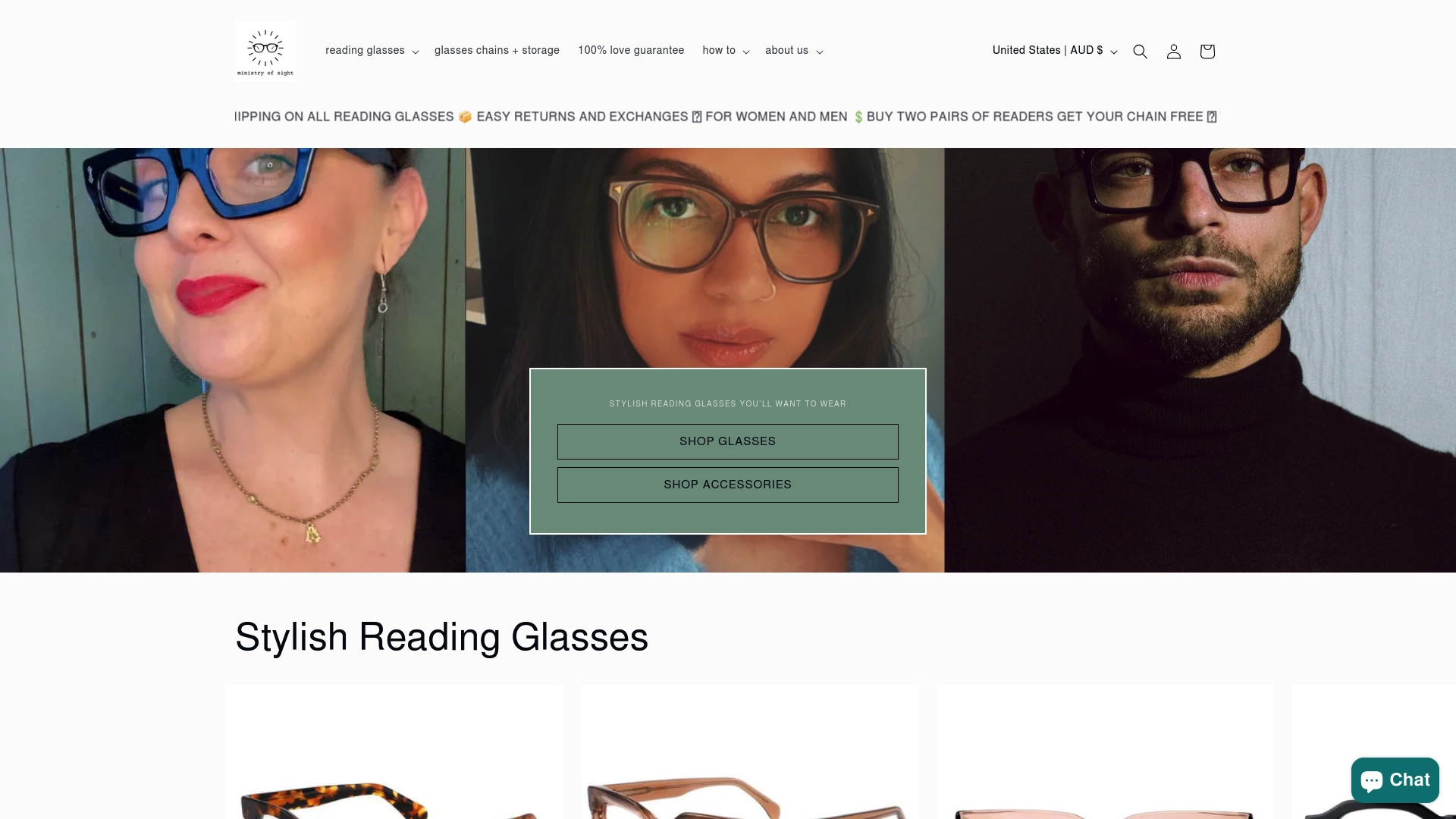
Ready to turn your new understanding into action? Visit Ministry of Sight and find reading glasses that suit your needs and express your style. Shop now while our most popular frame styles are in stock and experience the difference of high-quality eyewear made for everyday Australian life.
Frequently Asked Questions
How do I choose the right reading glasses frame style for my face shape?
Choosing the right reading glasses frame style involves understanding your face shape and selecting a frame that contrasts or complements it. For example, if you have a round face, consider angular frames that provide definition. Measure your face width and shape to narrow down options that enhance your natural features.
What are the key differences between full-rim, semi-rimless, and rimless frames?
Full-rim frames encase the entire lens, providing maximum durability and support, while semi-rimless frames have a lighter profile with an open bottom. Rimless frames are the lightest, attaching lenses directly to the temples. Assess your daily activities and comfort preferences to determine which frame type suits your needs best.
How can frame materials affect the comfort of reading glasses?
The material of your reading glasses frame influences both comfort and weight distribution. Metal frames, such as titanium, tend to be lightweight and sleek, while plastic frames can offer vibrant styles and better durability. Try different materials to find the most comfortable fit for extended wear throughout your day.
What should I consider regarding weight distribution in reading glasses frames?
Weight distribution is crucial for comfort, as it affects how the glasses rest on your nose and ears. Ensure the frame fits snugly but without excessive pressure points; ideally, the weight should be evenly distributed across the bridge and temples. Try wearing the frames for a few minutes to check for comfort before making a decision.
How do reading glasses frame styles impact my professional image?
Frame styles can significantly influence your professional perception and personal branding. Bold, angular frames may convey confidence, while minimalist, thin frames suggest precision. Choose a style that resonates with your professional identity and the impression you wish to project in your workplace.
What factors should I consider when selecting reading glasses for detailed tasks?
For detailed tasks like crafting or working on a computer, opt for lightweight frames that won’t cause visual fatigue. Look for styles with comfortable nose pads and flexible temple arms to maintain stability and reduce strain during extended use. Test frames under the conditions similar to your tasks to determine the best fit.
